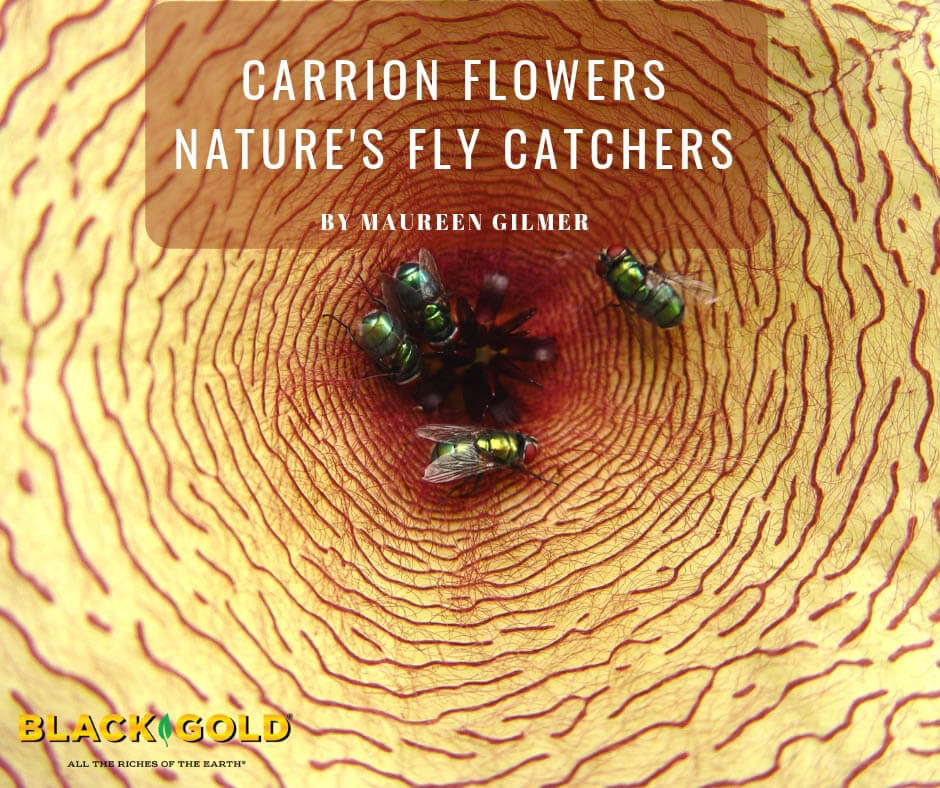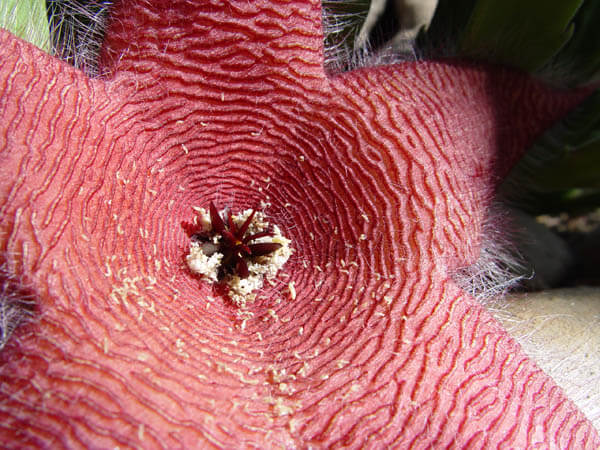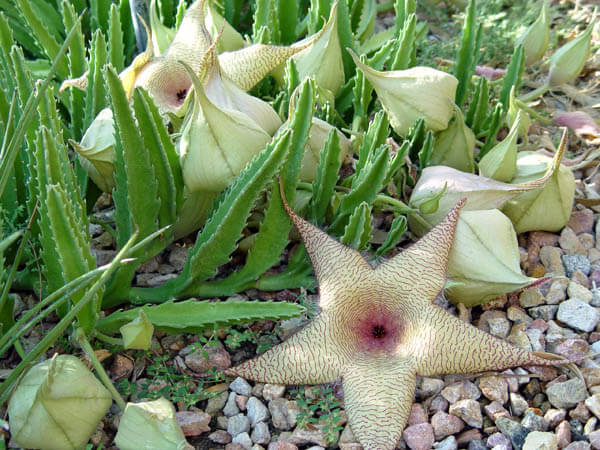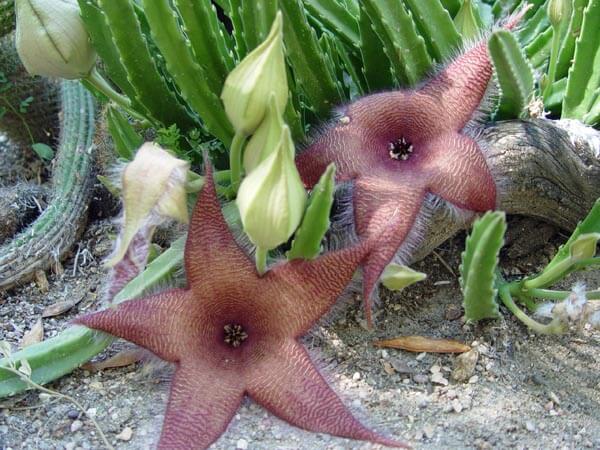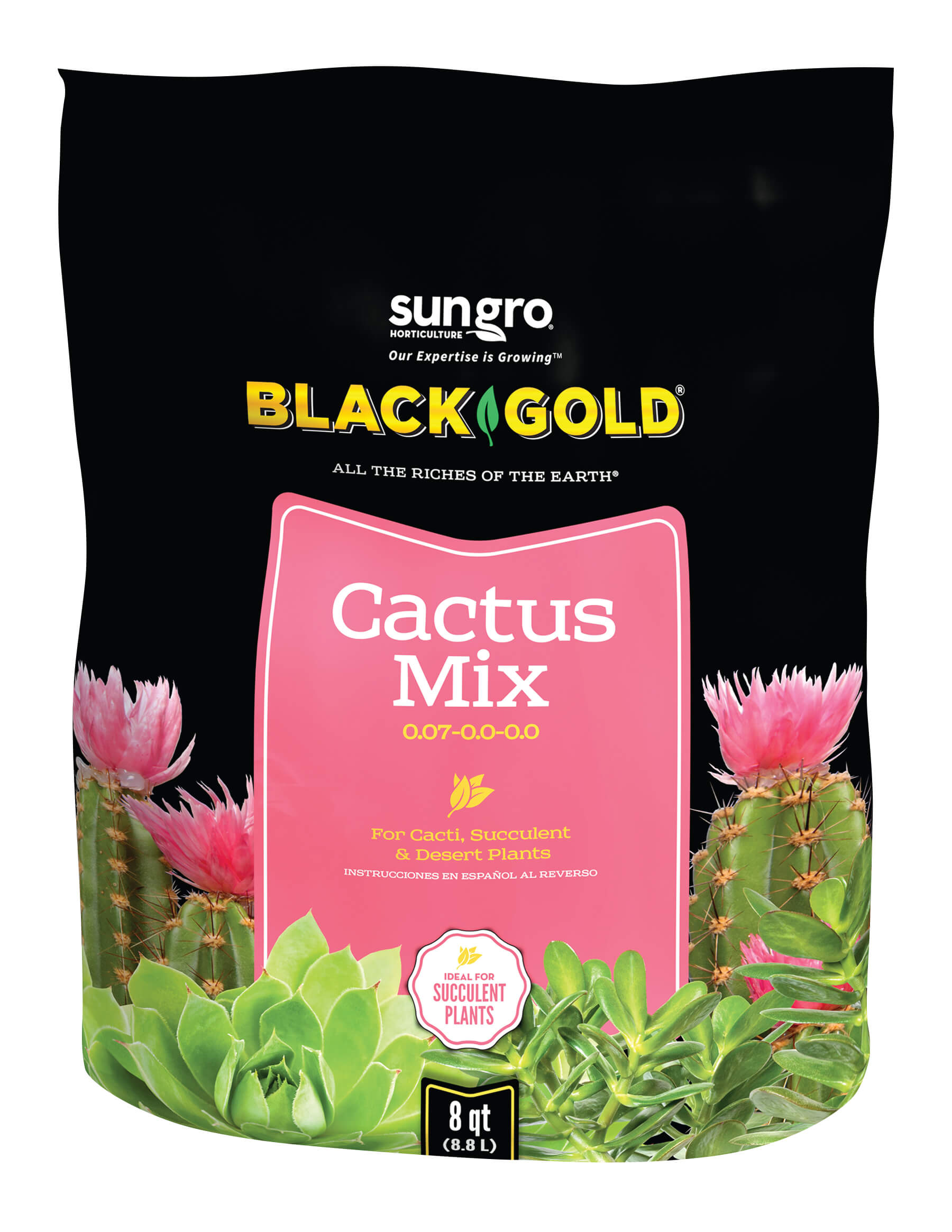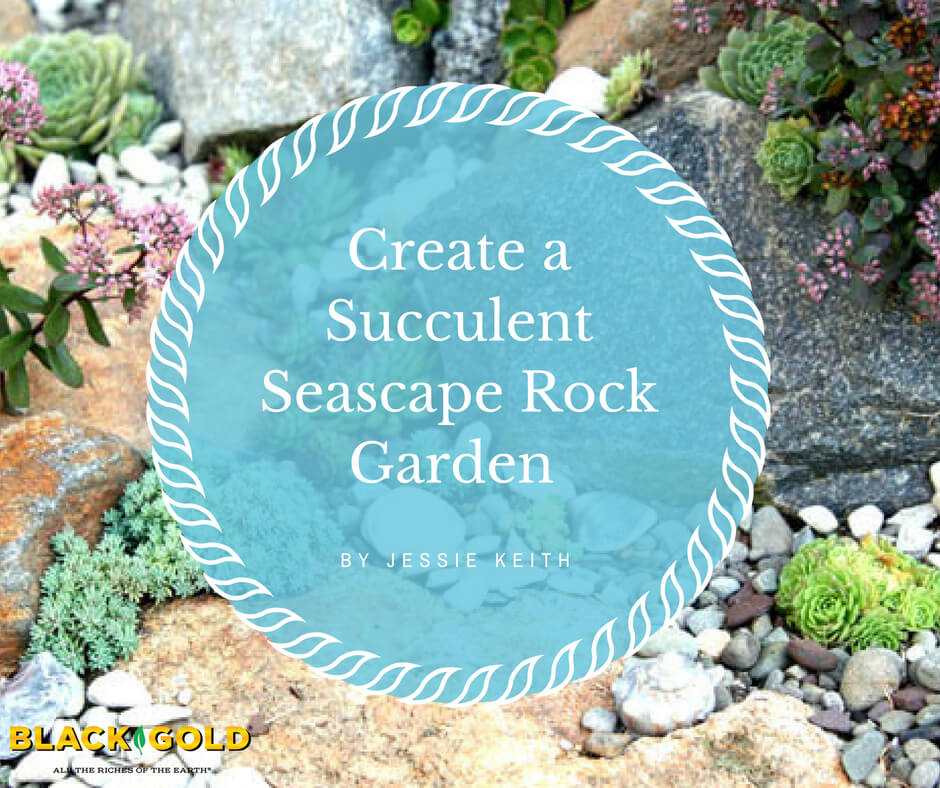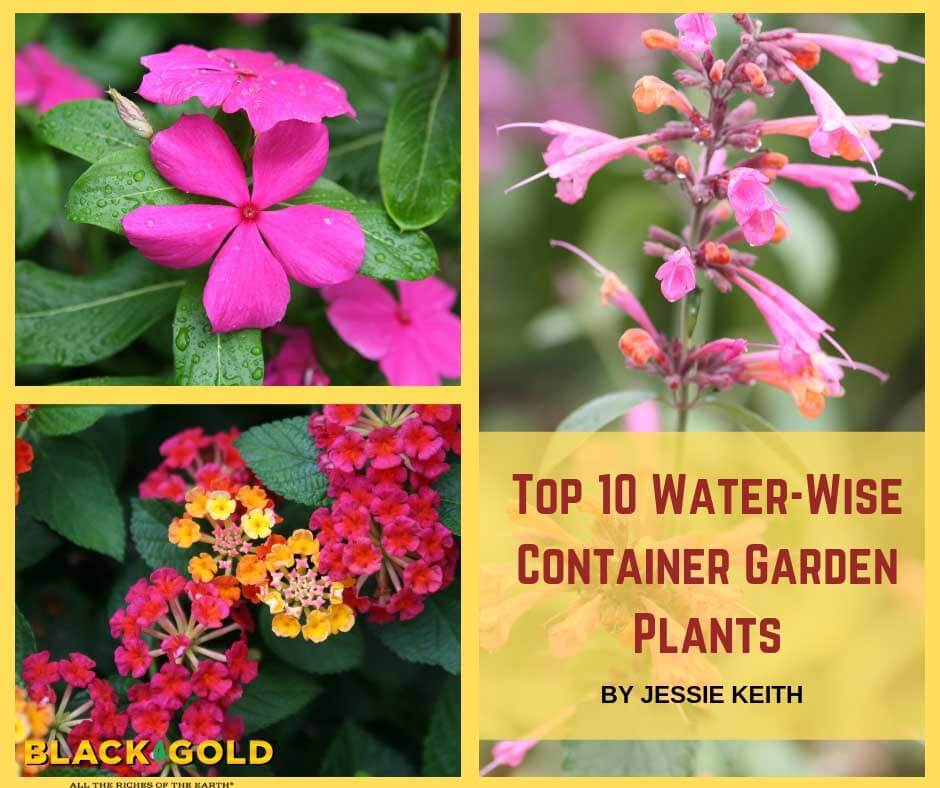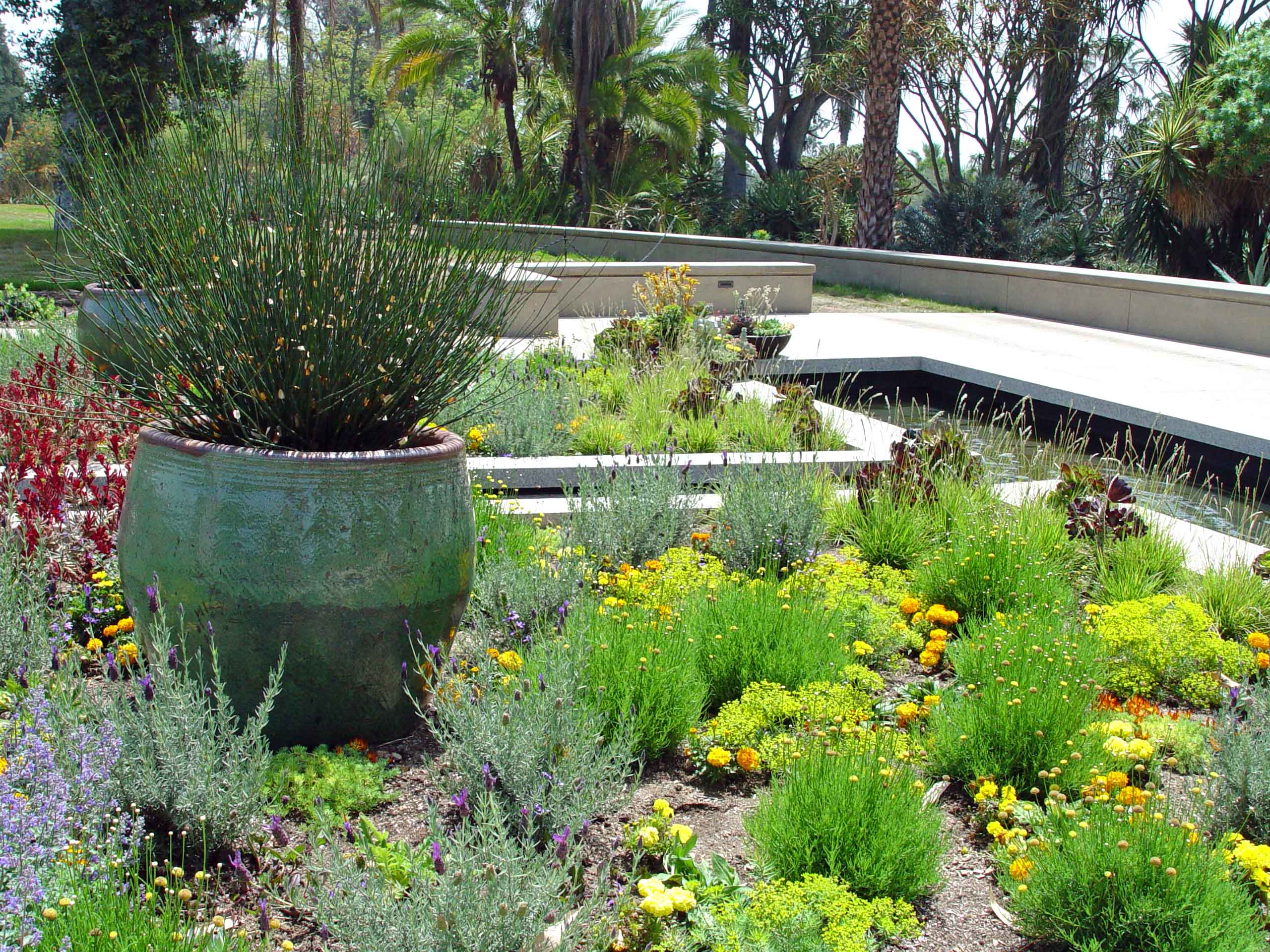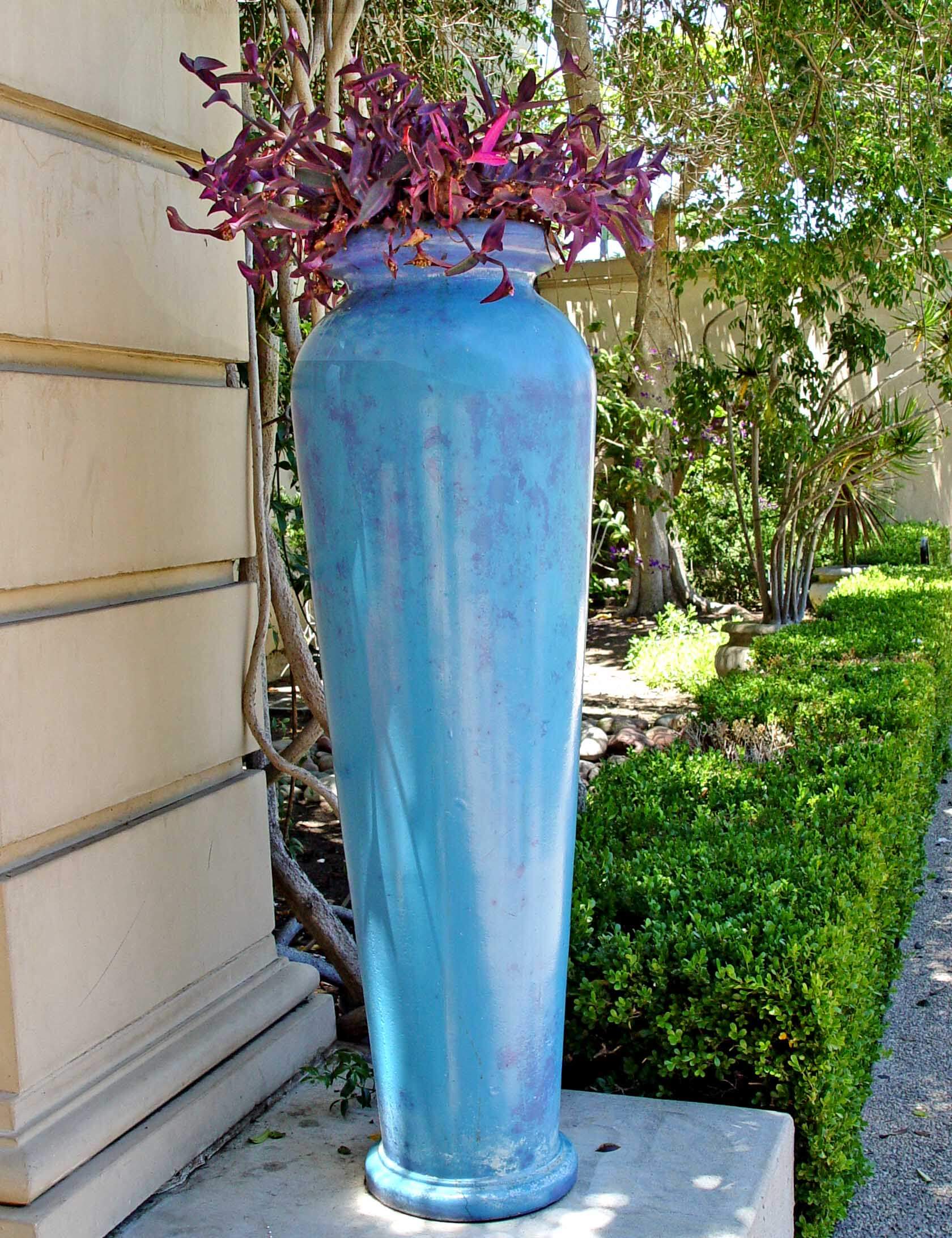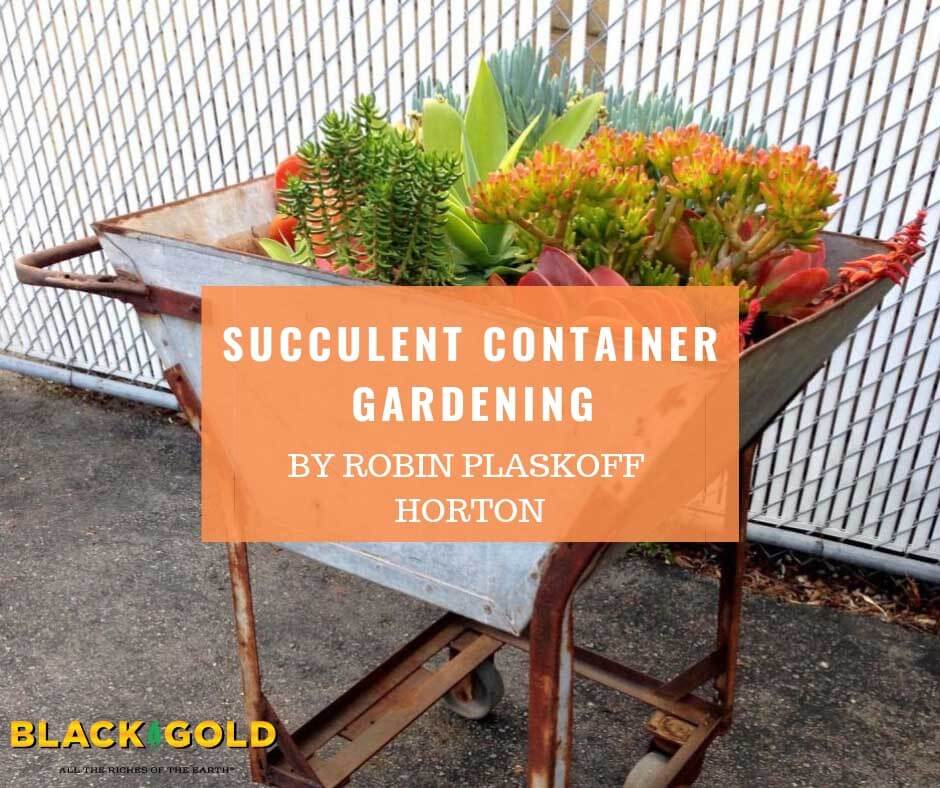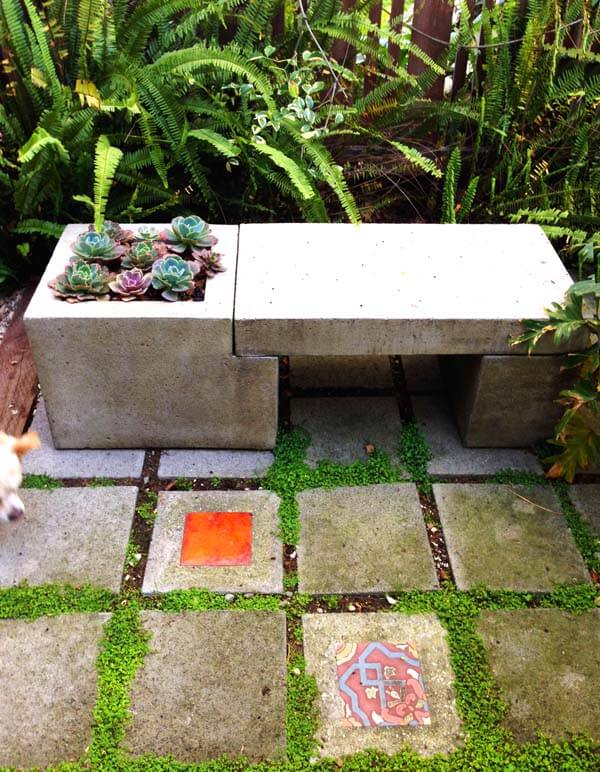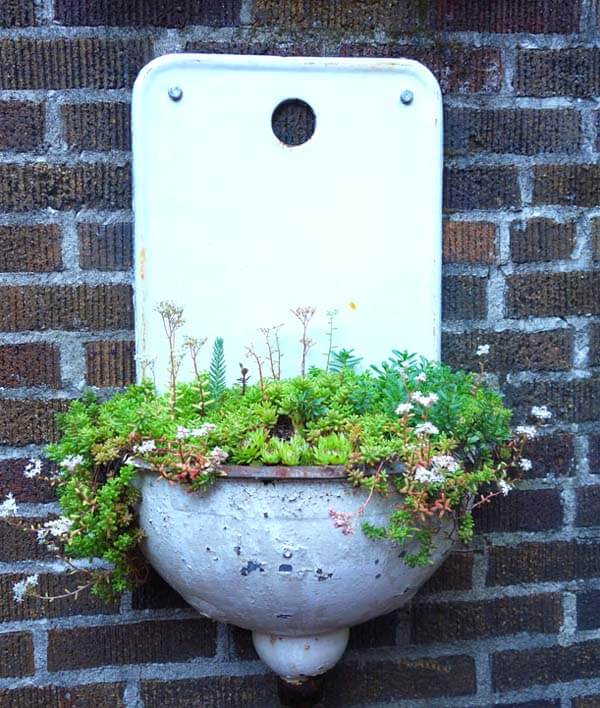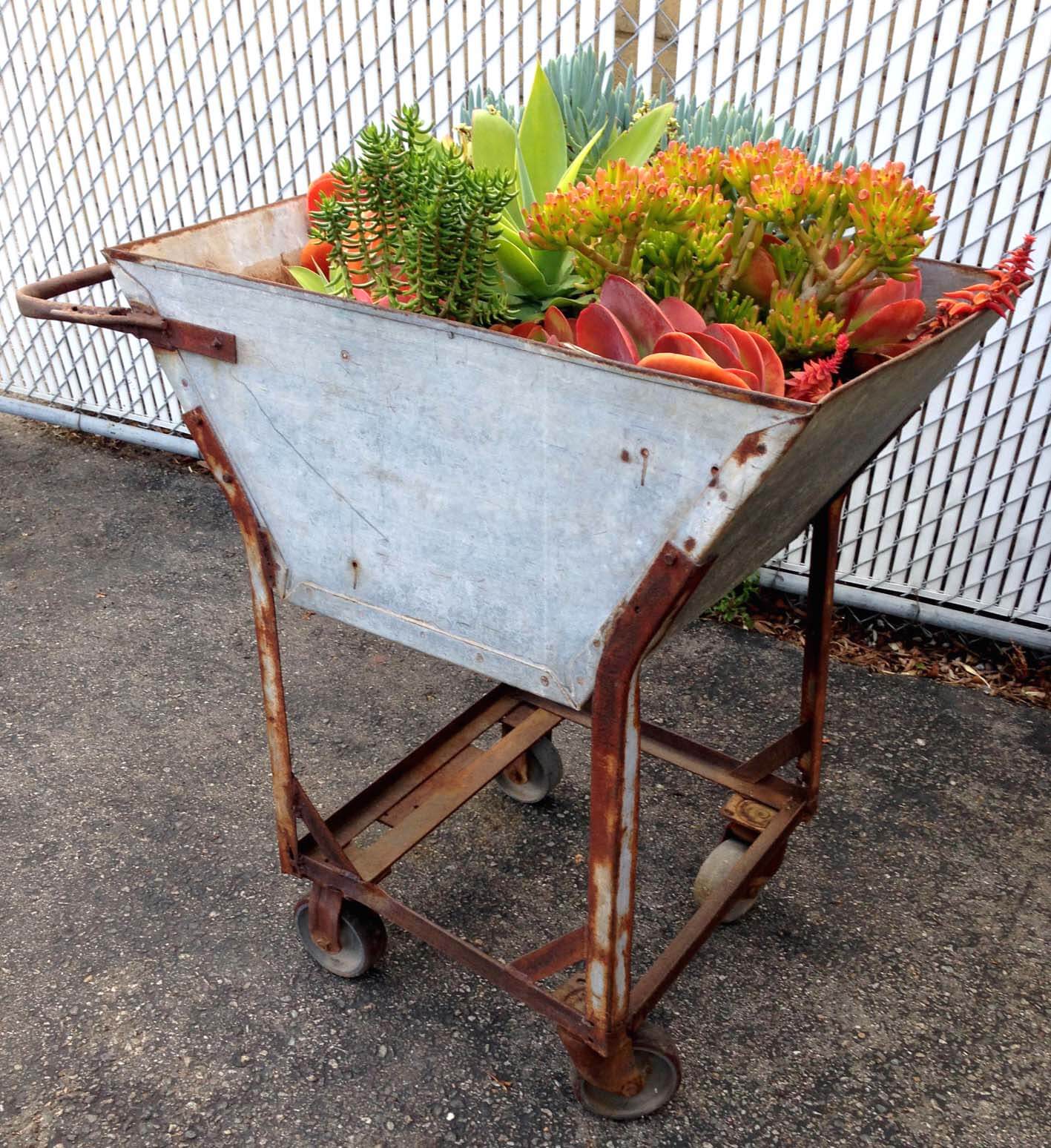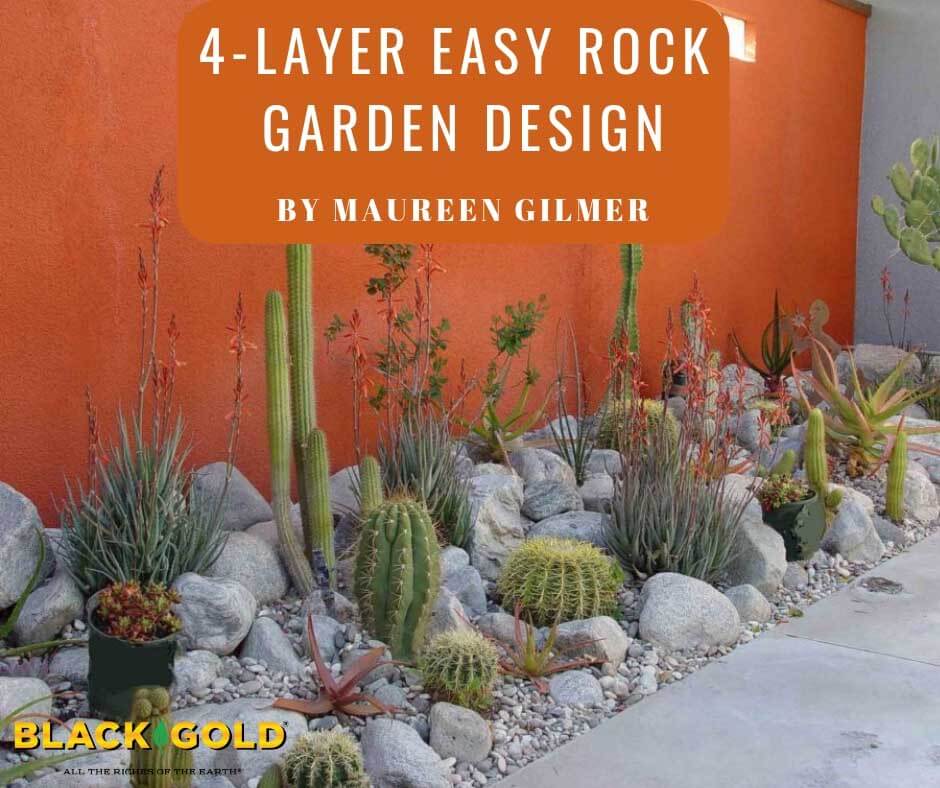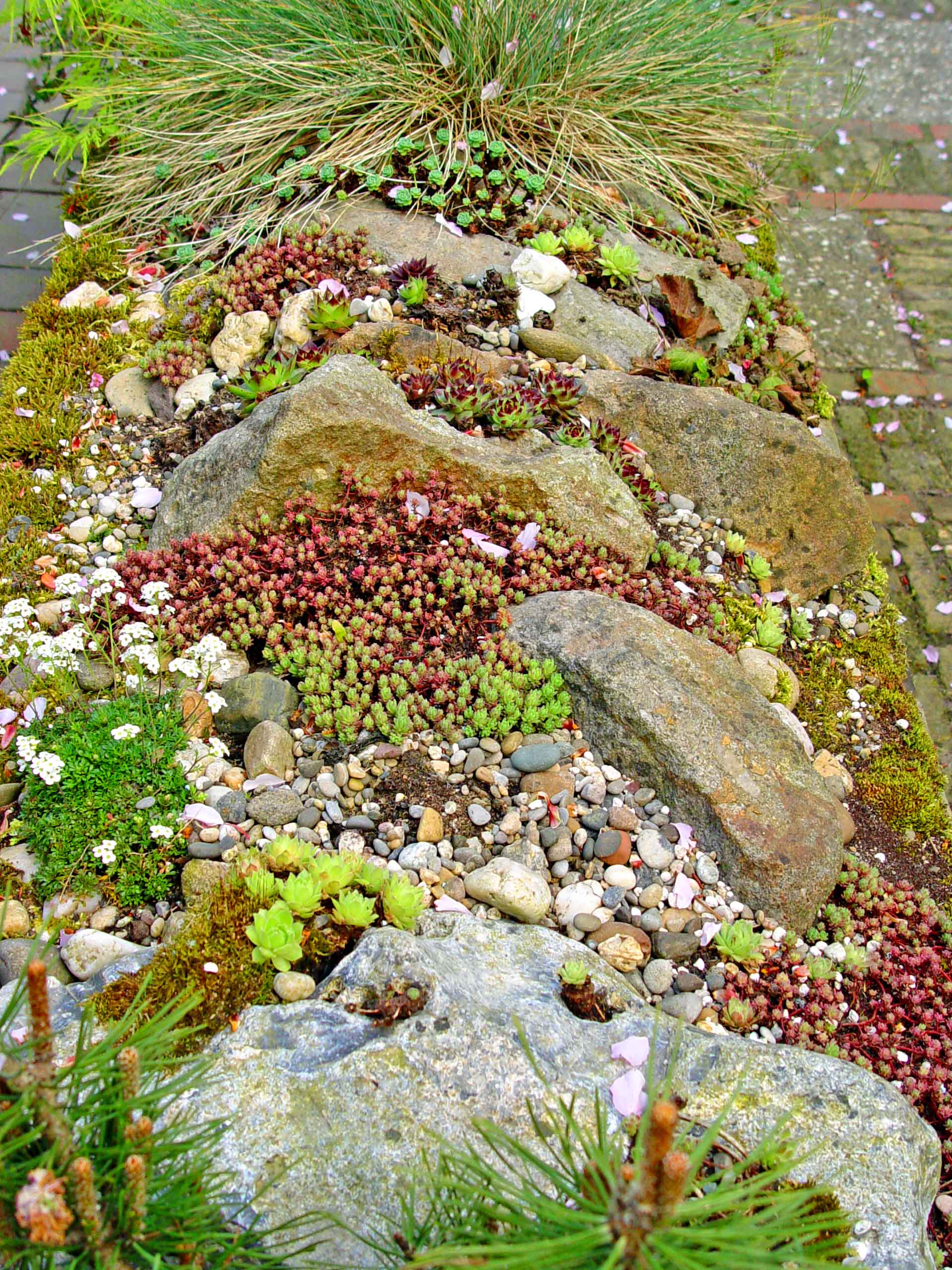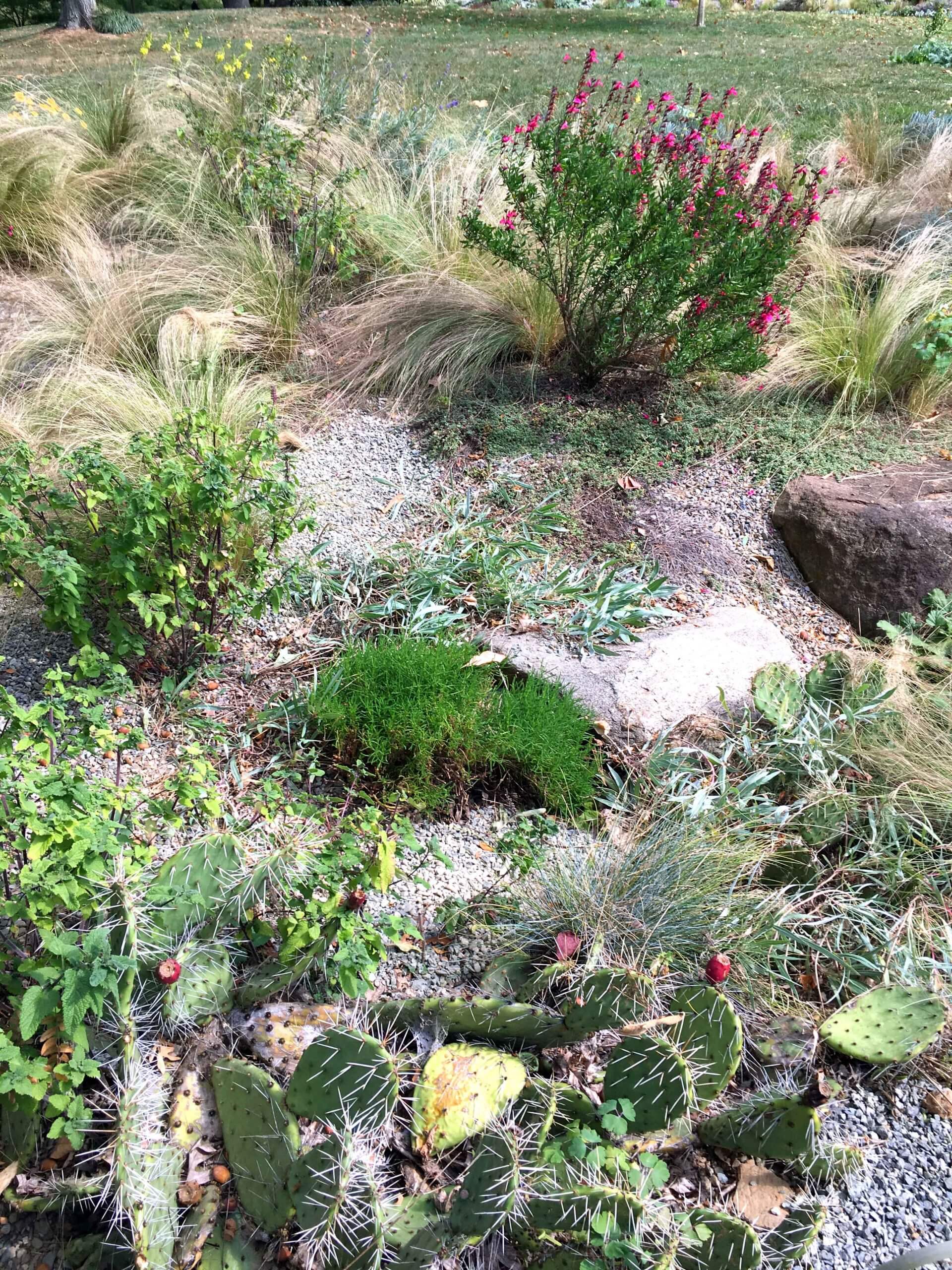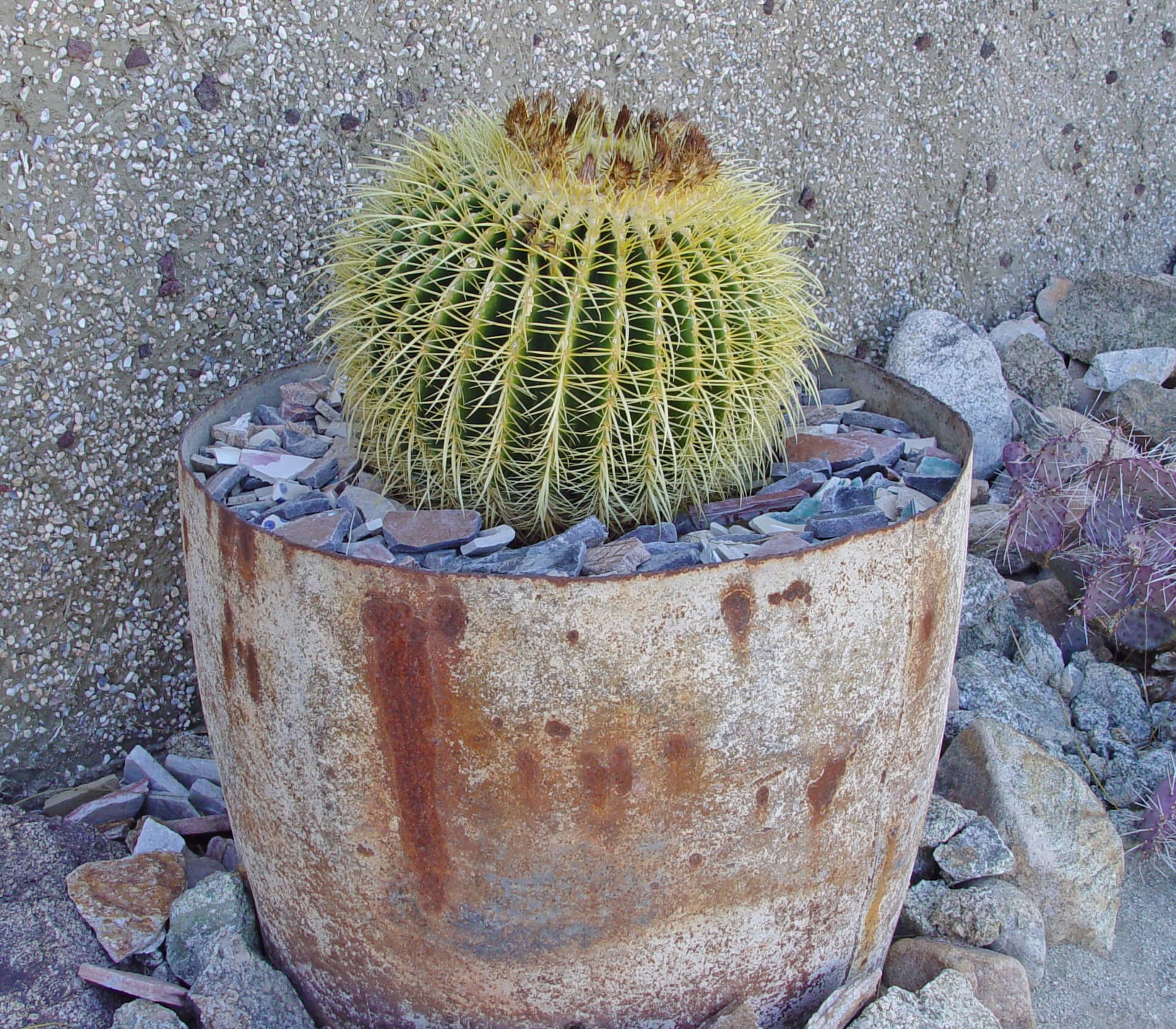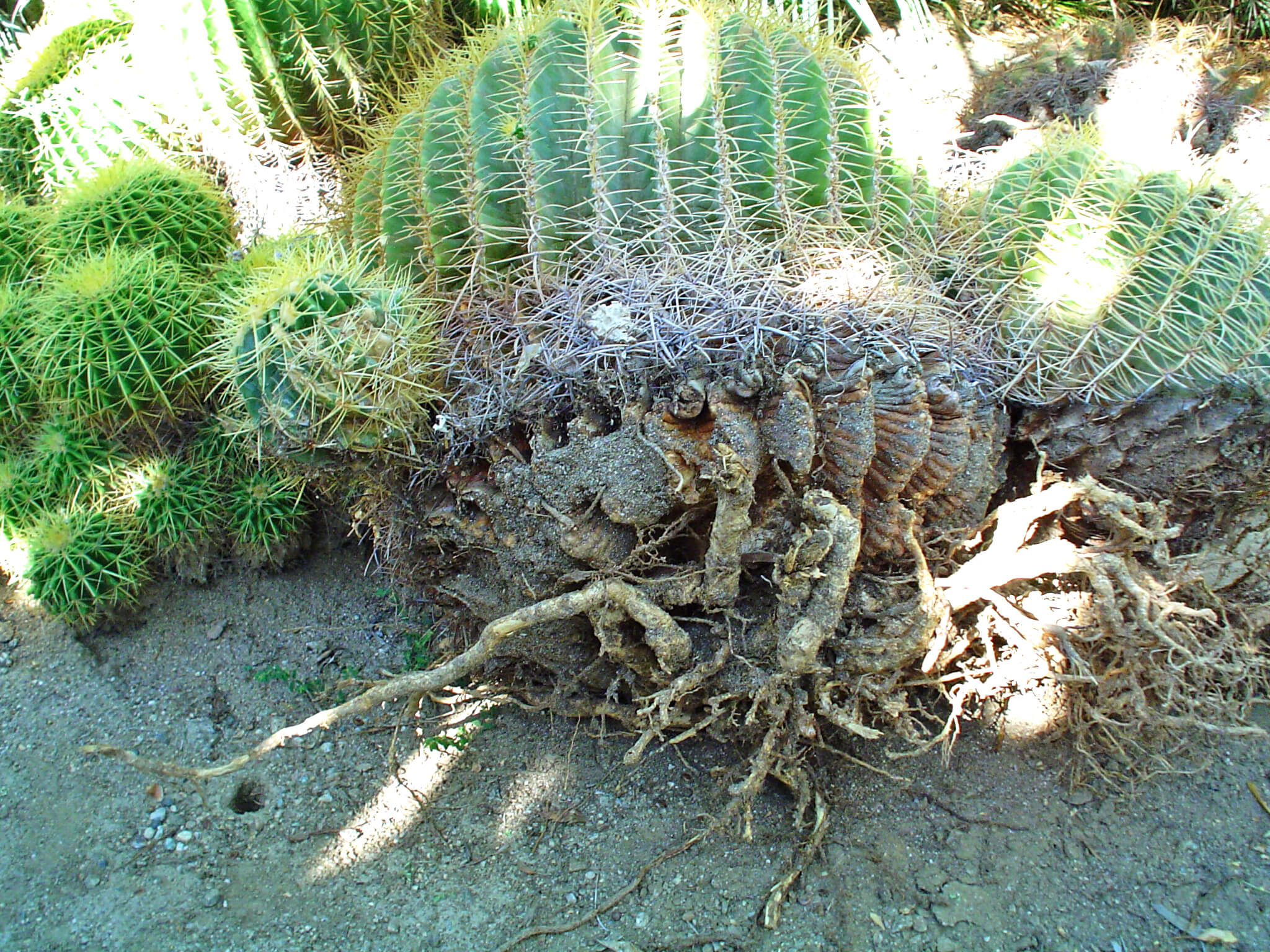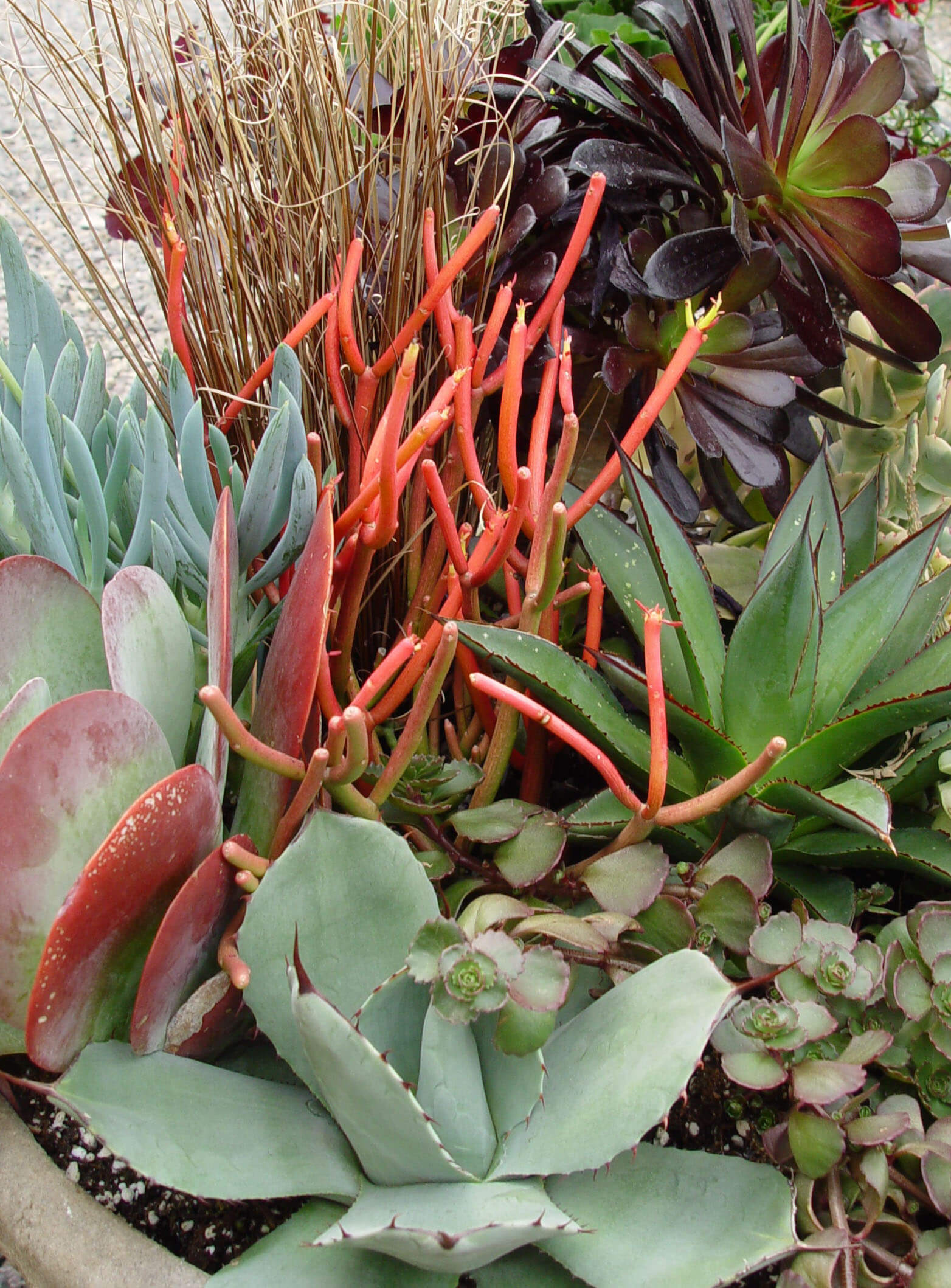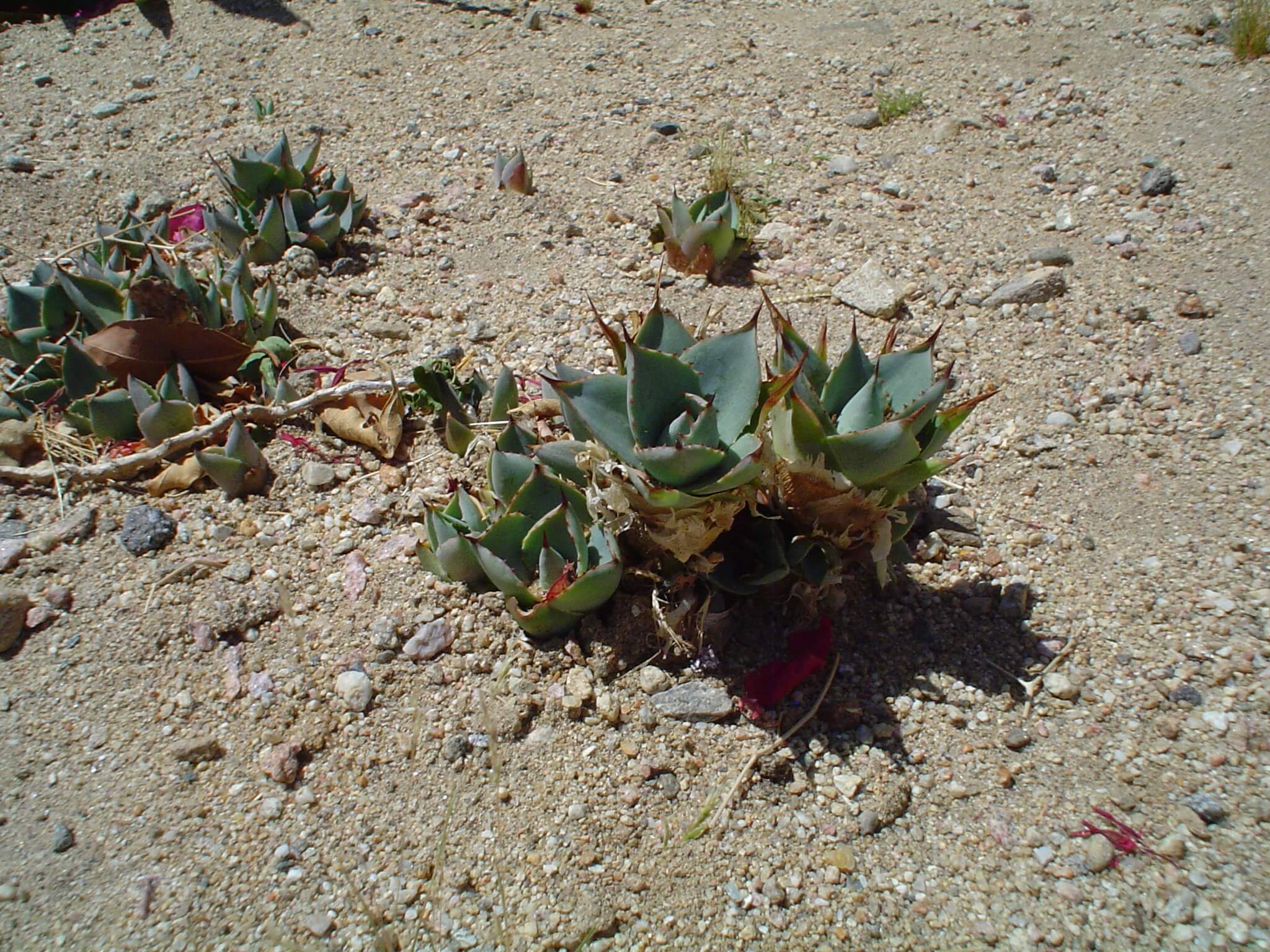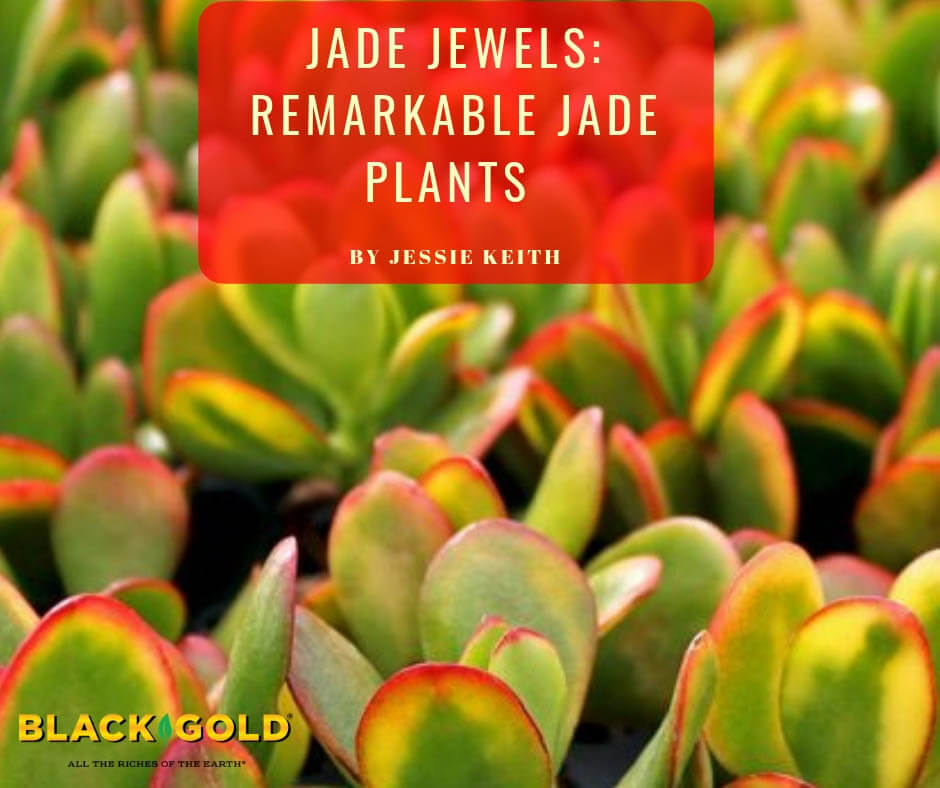
A mature, well-formed jade (Crassula ovata) is an arboreal treasure of a house plant worthy of indoor garden ardor. Its thick, trunk-like stems ascend to a rounded top with glistening clusters of fleshy, jade-colored leaves. In winter, happy plants will do double duty by producing a wealth of starry white flowers. But, succulent connoisseurs know there are other remarkable crassulas that take everyday jades to a whole new level!
Growing Jades
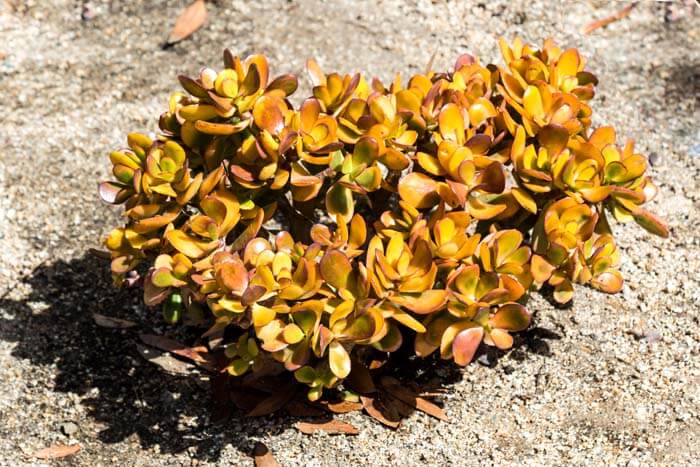
All jades are tough—a testament to their droughty African origins. They grow best in filtered or partial sunlight, and during the winter months, they require low water to mimic the dry winters of their home country. Plant them in pots of porous soil with moderate organic matter and excellent drainage. Black Gold Cactus Mix is the perfect medium for jades to dig their roots into.
In the summer, bring jades outdoors to bask in the natural heat and filtered sunlight. (If you live in USDA Hardiness Zones 9-11, you can grow them outdoors year round). Give them moderate water, and be sure to allow the soil to become quite dry between watering. Avoid placing them in full hot sun, because this can cause sunscald and heat stress, resulting in orange-brown-tinged foliage.
Before bringing them back inside in fall, check them from scale insects and mealybugs. Washing and spraying the stems and leaves with insecticidal soap will help. It’s also good to remove and replace the top inch of potting medium to remove any pests that may be harboring there.
Remarkable Jades
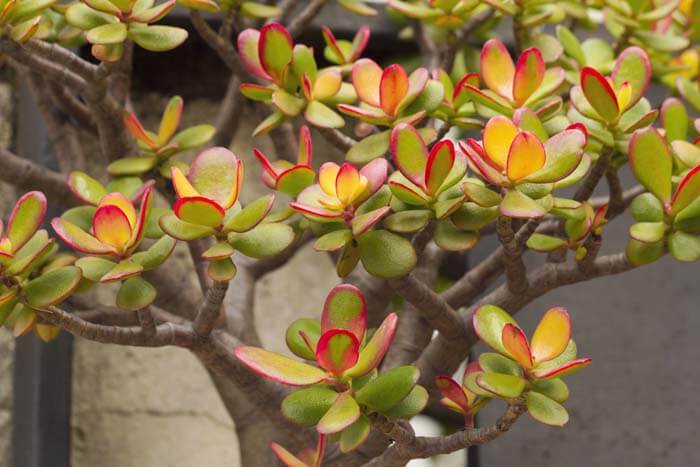
Golden Jade (Crassula ovata ‘Hummel’s Sunset’): You can’t miss golden jade, with its leaves in sunset shades of green, red, yellow, and orange. It reaches two to three feet high when mature, and its leaves are most colorful when placed in bright filtered sunlight. Golden jade is relatively slow growing and has white winter flowers.

Gollum Jade (Crassula ovata ‘Gollum’): As the name suggests, the leaves of ‘Gollum’ jade look like creepy, tubular, suction-cup fingers of green with red edges. The plants age to a sturdy four feet tall and always receive comments from passersby. If you love jades, you have to grow this one!
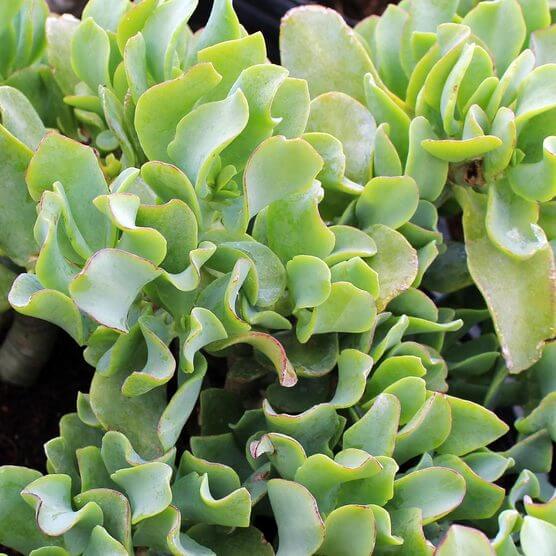
Ripple Jade (Crassula arborescens subsp. undulatifolia): This more compact jade reaches just one foot high and has undulating leaves of bright blue-green. It will grow quickly if placed in bright light and bears starry white winter flowers.

Silver Dollar Jade (Crassula arborescens): The extra-large, silvery leaves of this jade plant are edged in red. Mature specimens reach a bushy two feet high and wide, making them just the right size for potted indoor specimens. Their starry, pink and white winter flowers play off the brightly colored leaf edges.
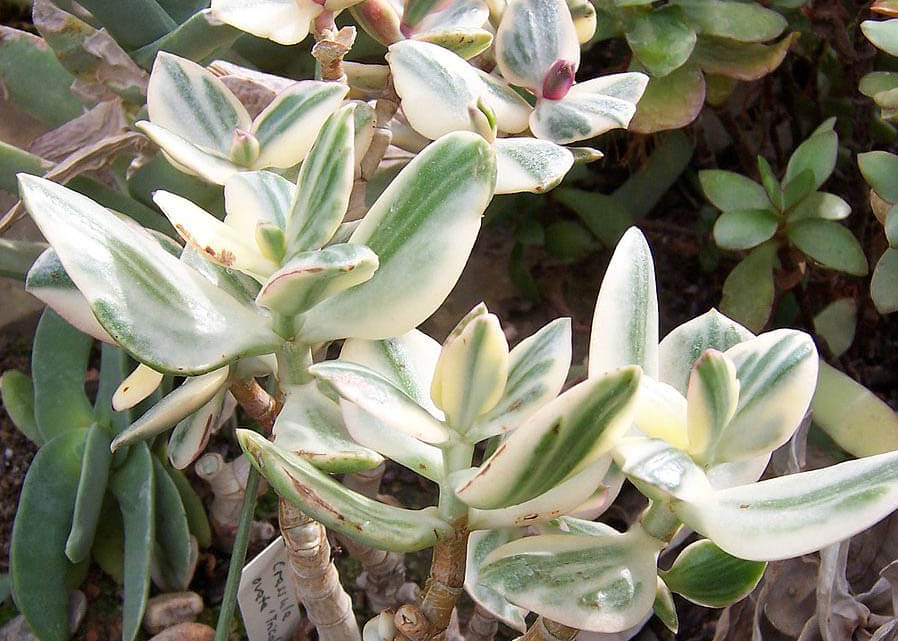
Tricolor Jade (Crassula ovata ‘Tricolor’): Bright variegated leaves of green, yellow, and ivory are the star of this unique jade plant. It reaches over one foot high and bears white flowers in winter. Like most variegated plants, it is slower growing than standard Crassula ovata.
Sources

Mountain Crest Gardens has a wonderful array of jades for online purchase, and their plants always arrive at your door fresh and healthy. You can also check quality garden centers or plant nurseries in your area that carry interesting selections of succulents.
Give your connoisseur jades good care, and they will be with you for a long time. Specimens have been known to live for as many as 100 years! They are true house plant investments.


